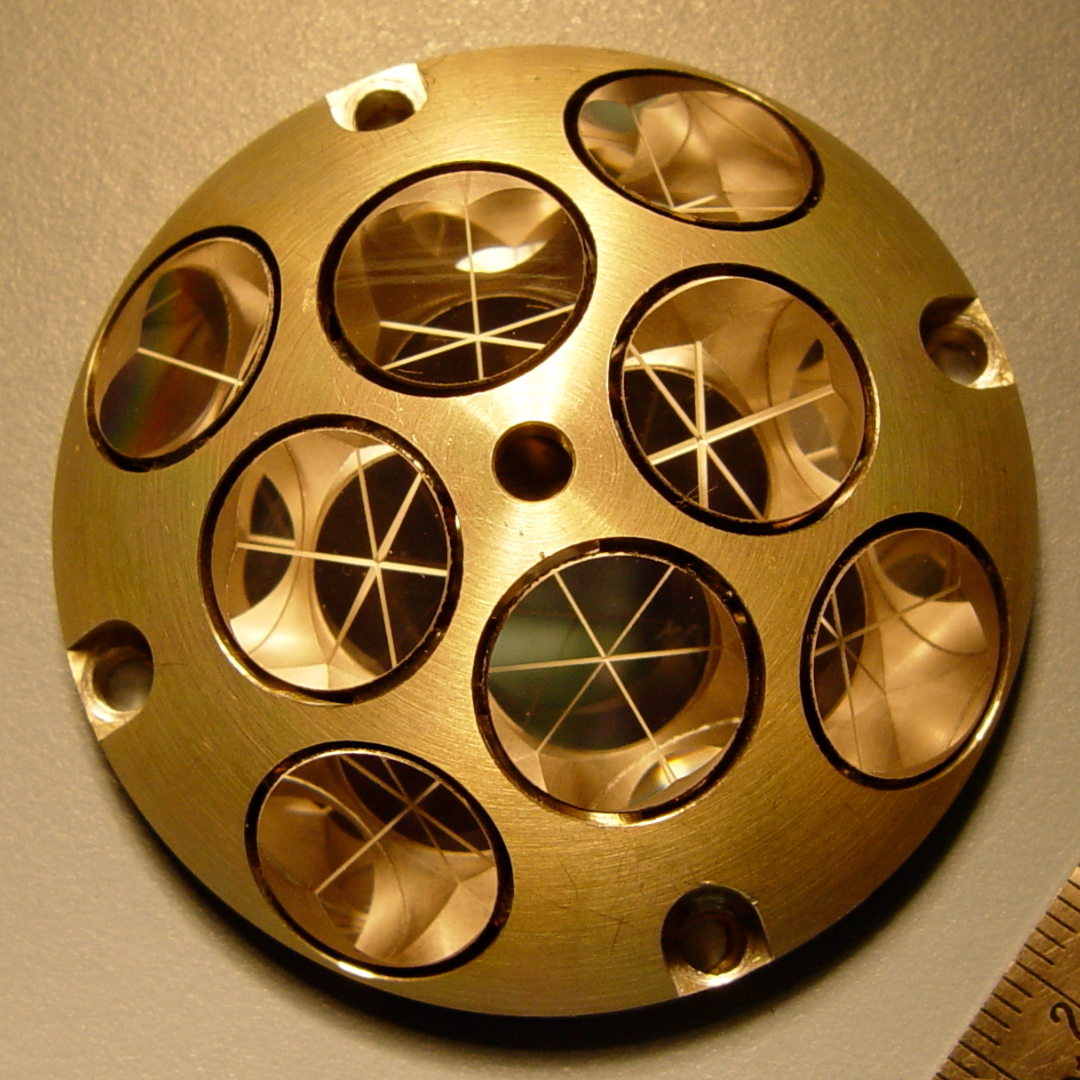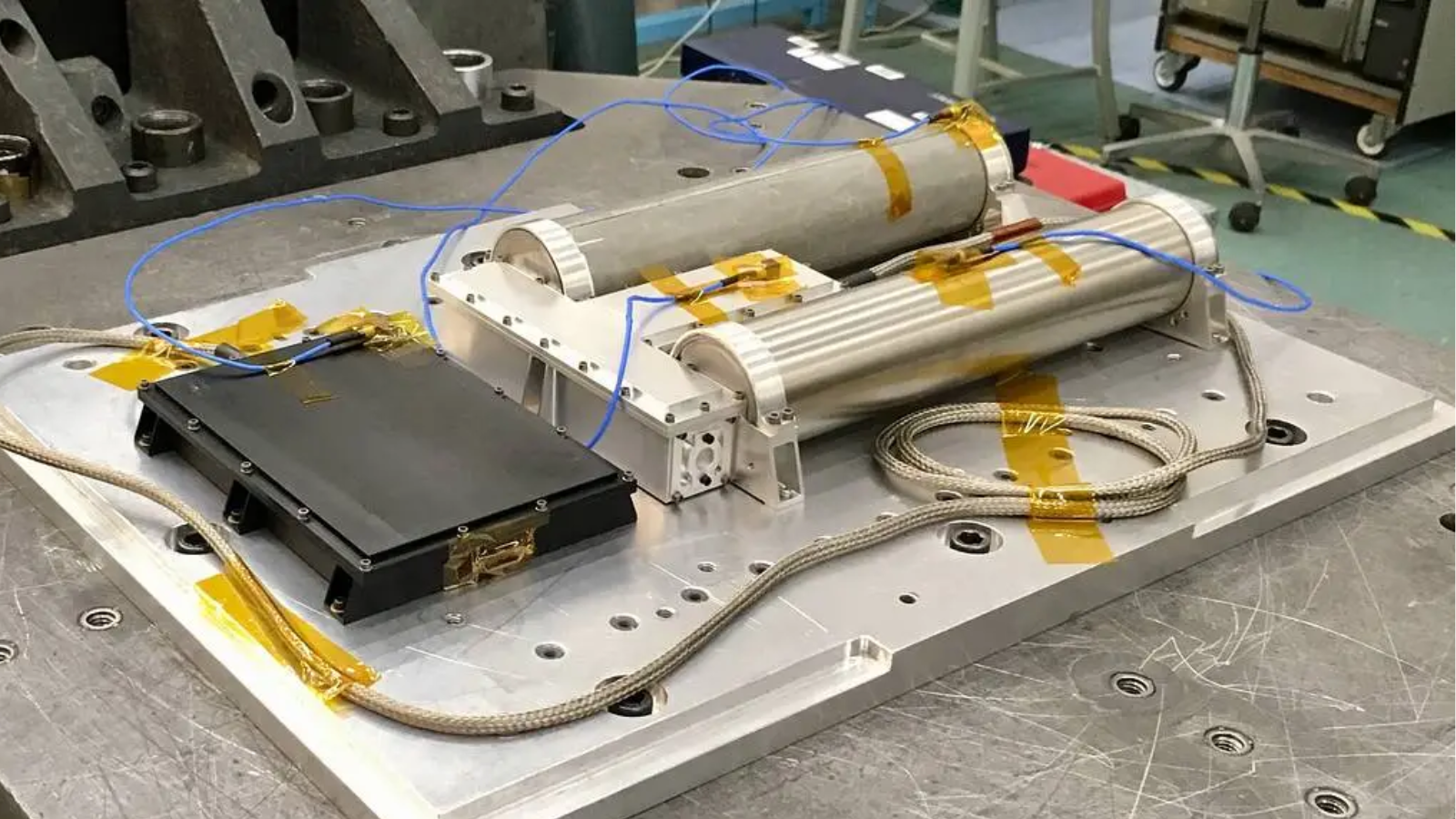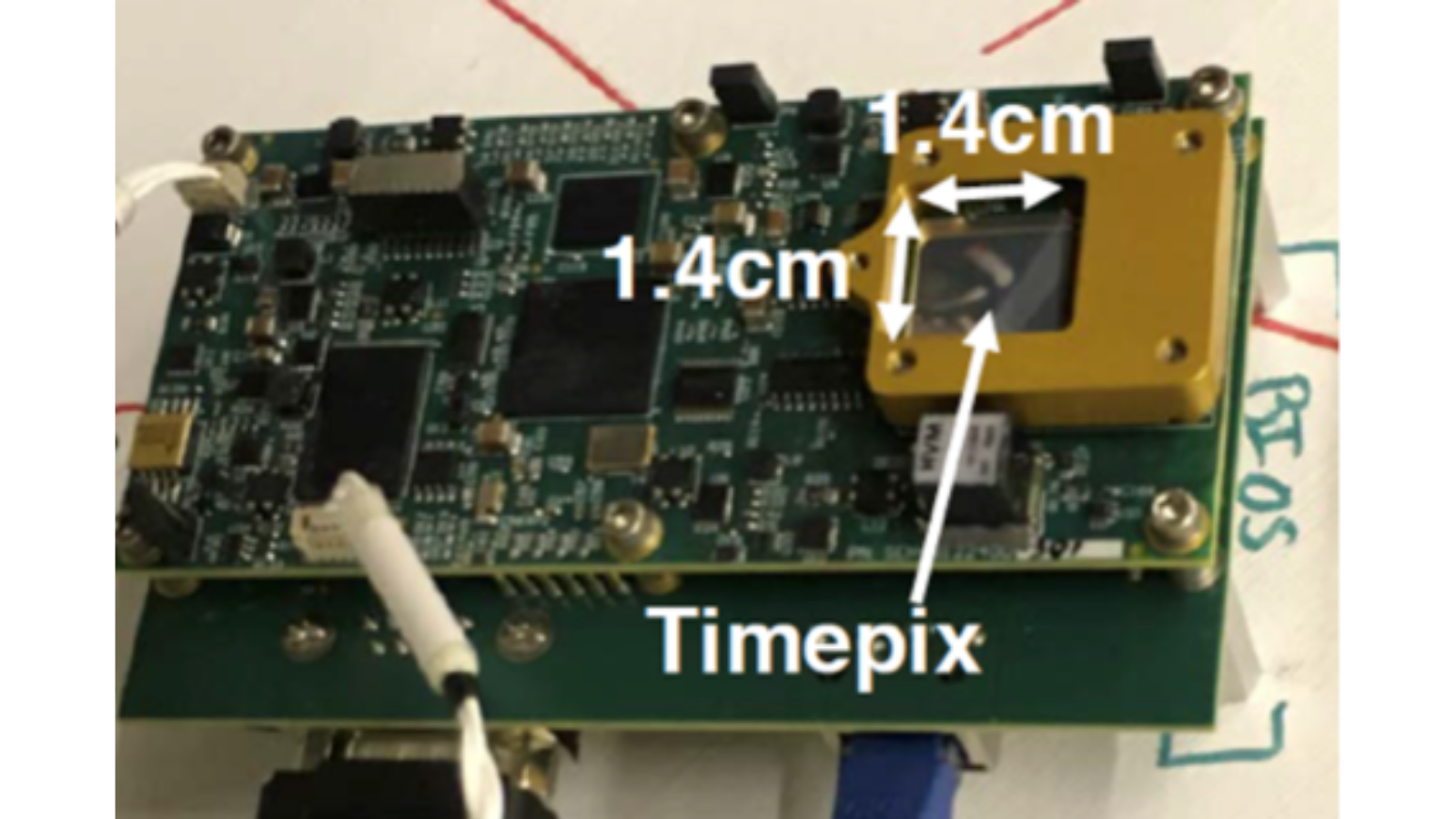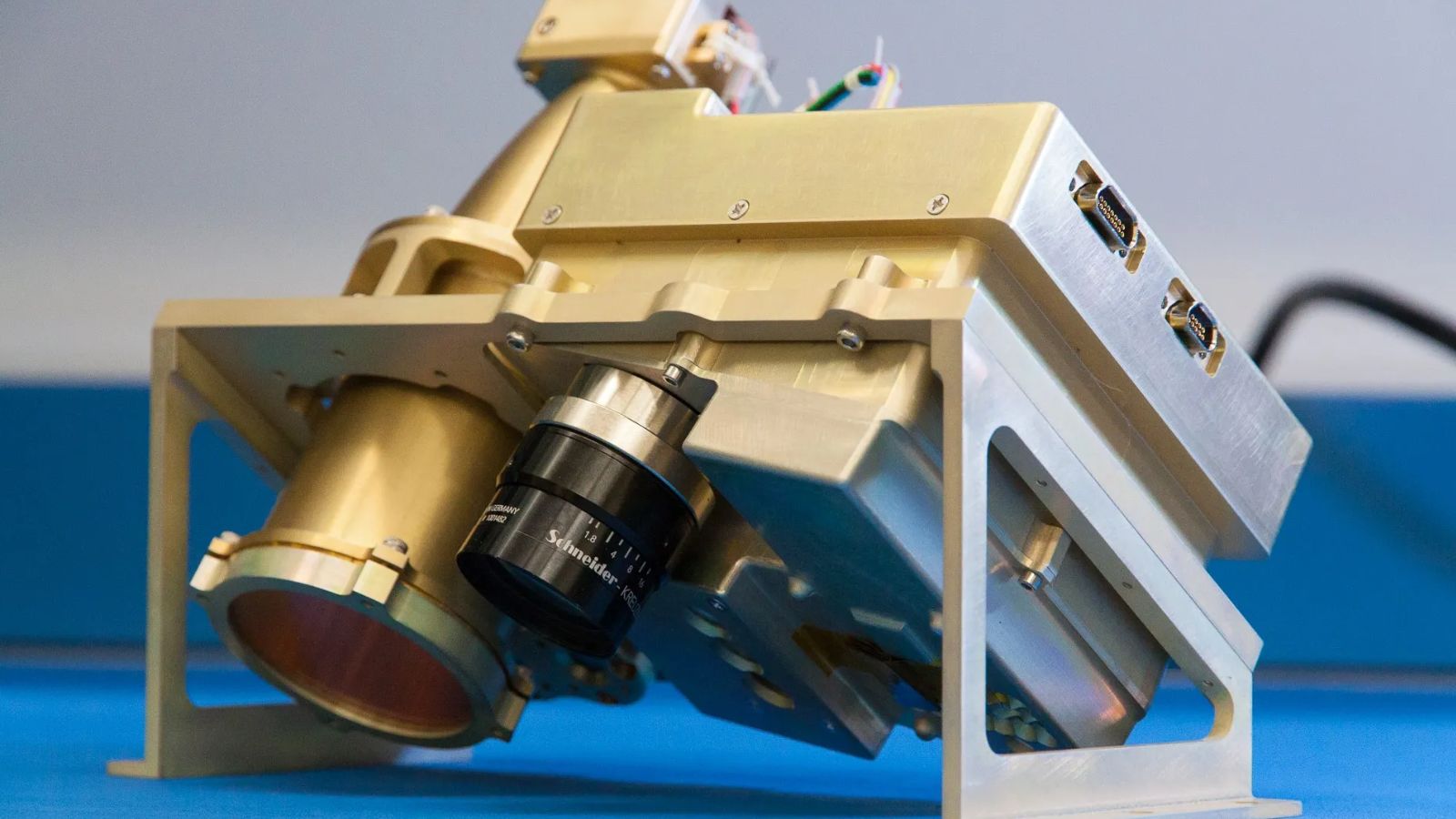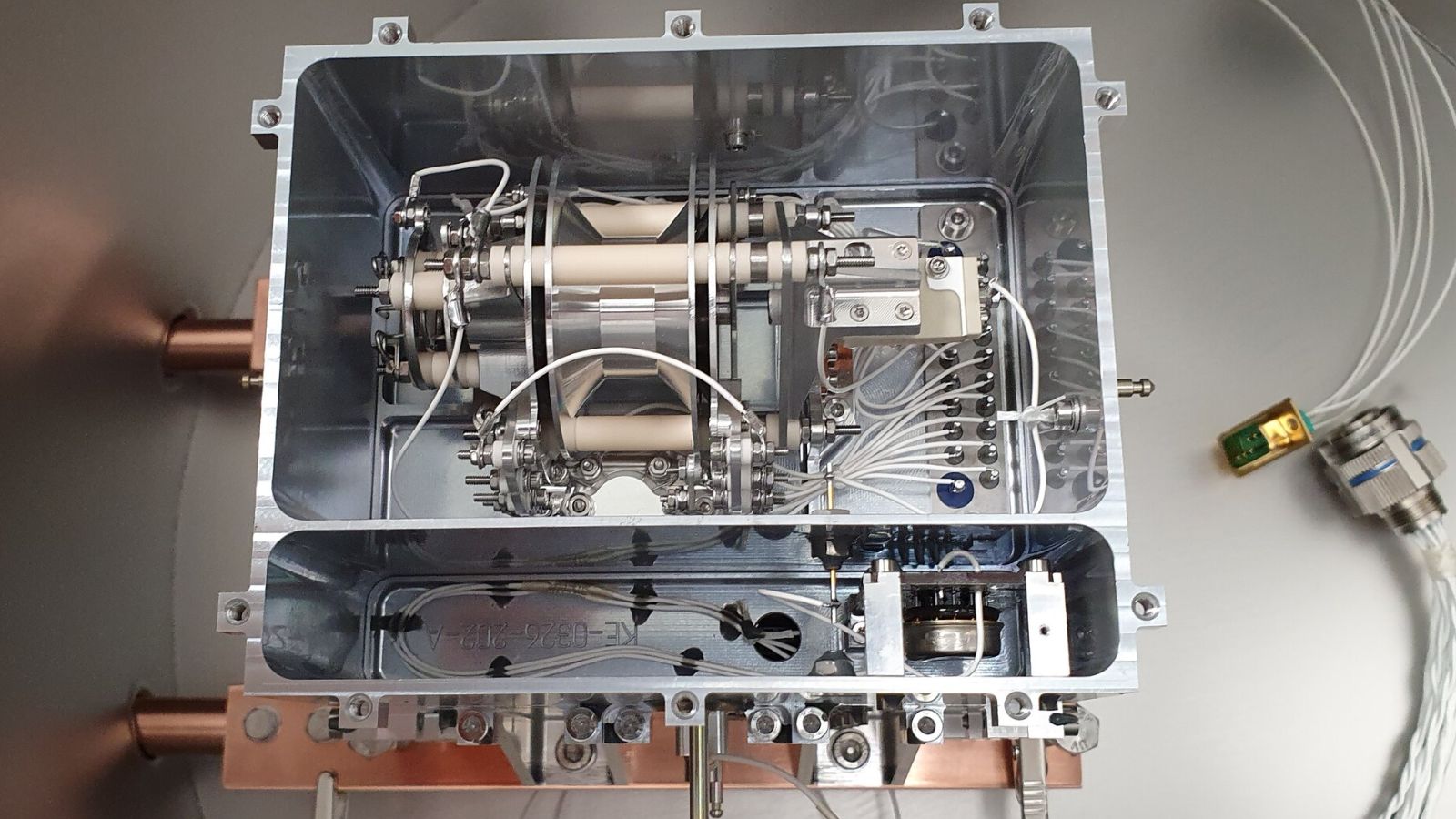Private Peregrine lander launches to the moon: What science could it do?
It's unclear if the experiments will make it to the moon, however, as Peregrine suffered an anomaly shortly after launch.
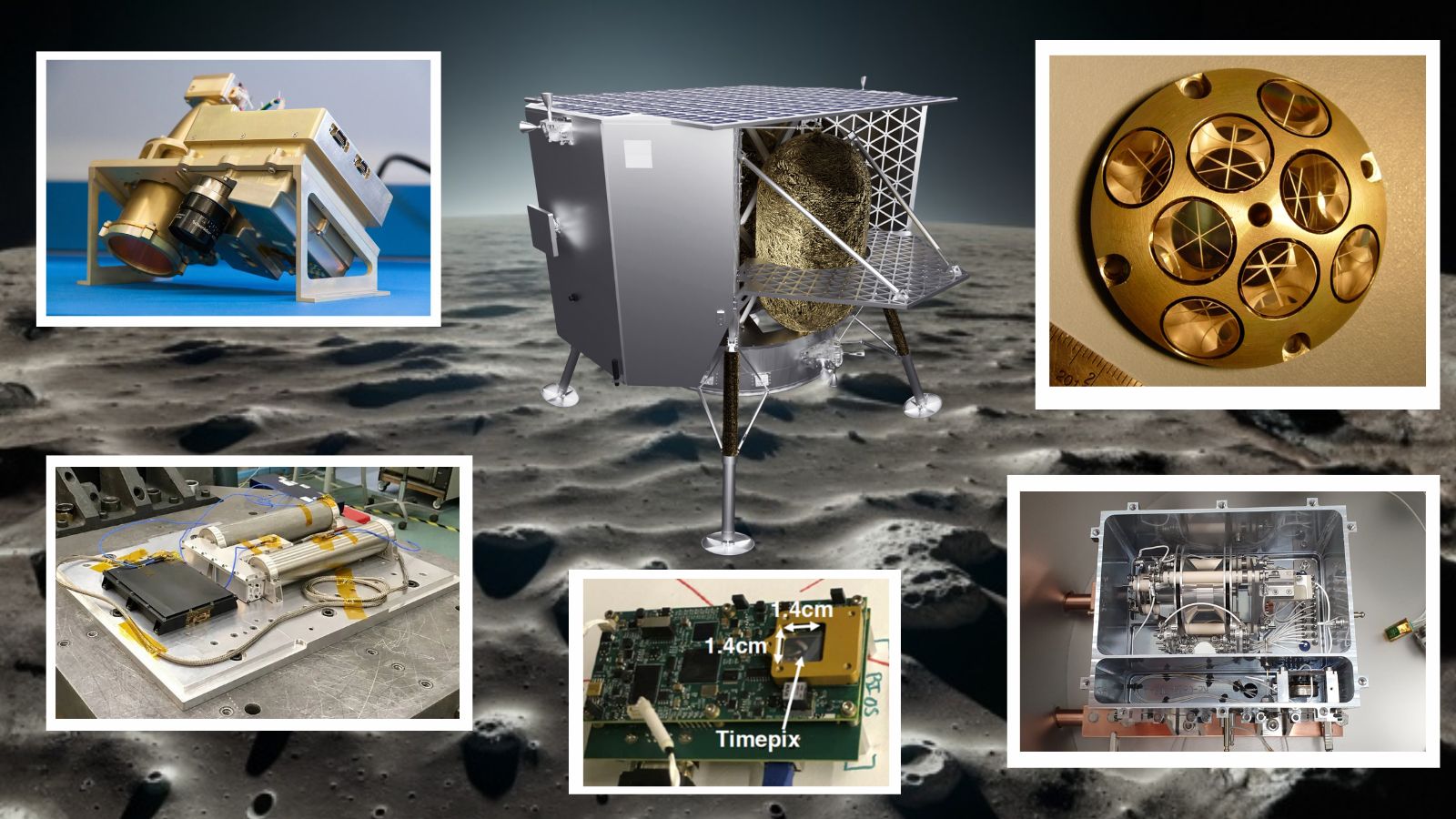
On Monday (Jan. 8), the first private American moon spacecraft, Astrobotic's Peregrine lander, successfully launched from Florida on the first-ever mission of United Launch Alliance's Vulcan Centaur rocket.
Peregrine is scheduled to reach the lunar surface on Feb. 23, though it's unclear if that will happen: The lander suffered an anomaly shortly after being deployed from the Vulcan Centaur, and the mission team is working to fix it. If it does make it to the moon, Peregrine will gather vital information about the lunar surface using a suite of five NASA science instruments.
This data could be crucial in informing future crewed missions to the moon, including Artemis 3, which not only aims to return humans to the lunar surface for the first time in 50 years in 2025 but will also make a giant step for diversity by sending the first woman and first person of color to the moon.
Read on for a rundown of the NASA science gear aboard Peregrine on this pioneering mission. (There are also a variety of private payloads on the lander, including memorial capsules containing human remains.)
Related: Vulcan rocket launches private US moon lander, human remains in debut
Peregrine will reflect on this: Laser Retroreflector Array (LRA)
The Laser Retroreflector Array (LRA) developed by NASA's Goddard Space Flight Center in Maryland is designed to facilitate measurements between spacecraft that are both orbiting the moon and landing on the lunar surface.
To do this, the instrument is kitted out with eight retroreflectors in the form of 0.5-inch-wide (1.25 centimeters) glass cube prisms that can reflect light backward, or by 180 degrees. These units are encased in a golden aluminum sphere that is mounted on the deck of the Peregrine lander.
Breaking space news, the latest updates on rocket launches, skywatching events and more!
The design of the LRA means it can bounce a laser beam coming in from a spacecraft over a wide range of directions and then send it back to its point of origin. This allows researchers to perform "laser ranging" to measure the distances to Peregrine with a high degree of accuracy.
Because the LRA is a passive optical instrument, it will act as a location marker on the moon for decades to come, forming the basis of a vital signpost for future astronauts to use in determining precise locations.
Hunting for hydrogen: the Neutron Spectrometer System (NSS)
The aim of the Neutron Spectrometer System (NSS) is to determine the composition of lunar soil, known as regolith, which is composed of dust and broken rocks, in the process of hunting for hydrogen-bearing material.
The NSS instrument, developed by NASA's Ames Research Center in California, does its hydrogen hunting by counting the number of neutrons present at the lunar surface, and measuring the energy that these particles are carrying.
This is possible because when neutrons — which are present thanks to high-energy cosmic rays striking the moon — hit a hydrogen atom, they lose a great deal of energy, and thus, this is an indicator that can be used to infer the amount of hydrogen that is present in the lunar environment.
The NSS is capable of measuring the total volume of hydrogen down to 3 feet (0.9 meters) below the surface of the moon.
Assessing astronaut radiation risks with the Linear Energy Transfer Spectrometer (LETS)
It might not look like much more than a simple circuit board, but the Linear Energy Transfer Spectrometer (LETS) could be a vital tool in protecting the health and well-being of future space voyagers.
The Lunar environment presents a risk of belting astronauts with higher doses of radiation than is experienced in Earth orbits, such as aboard the International Space Station (ISS).
The two predominant sources of radiation exposure on the moon are galactic cosmic rays, charged particles like protons, neutrons, and electrons that are twice as prevalent at the lunar surface as they are in low Earth orbit, and space weather generated by activity on the sun.
Developed by NASA's Johnson Space Center in Houston and related to instruments that flew to space on the first test flight of the agency's Orion capsule back in 2014, LETS is a 4.7-inch-long (12 cm) circuit board with a solid-state silicon Timepix detector that will measure the rate of incident radiation.
As such, it will determine the amount of radiation exposure that the Artemis 3 astronauts and other future moon explorers will experience as they traverse the lunar surface.
"The combination of dose and LETS also lets us translate data into more biologically equivalent values we can utilize for crew radiation protection during future lunar operations," Nic Stoffle, science and operations lead for LETS at NASA, said in a Jan. 4 teleconference. "And with luck, we'll be able to measure a solar particle event during the mission as well, which will give us insight into how such an event will affect the local radiation environment on the surface before crews arrive."
Related: Space weather: What is it and how is it predicted?
Monitoring lunar compostion and temperature: Near-Infrared Volatile Spectrometer System (NIRVSS)
Developed by NASA, the Near-Infrared Volatile Spectrometer System (NIRVSS) has a wide range of applications. Primary among these is the detection of water both on and below the lunar surface.
As well as detecting water, which could be a vital resource for future space missions, providing hydration for astronauts and even hydrogen that could be used as a fuel source, the NIRVSS can measure other molecules such as surface and subsurface methane and carbon dioxide.
The instrument will also map the surface of the moon and measure temperature by capturing light reflected by the lunar surface in a variety of wavelengths. NIRVSS is contained within Peregrine's Ames imaging module, a camera that captures images to add context to the spectrometer's data. This will let operators see if an image contains water or other compounds.
Understanding the release of volitiles on the moon: Peregrine Ion-Trap Mass Spectrometer (PITMS)
Developed by NASA Goddard, the U.K.'s Open University, and STFC RAL Space, the Peregrine Ion-Trap Mass Spectrometer (PITMS) will measure the release of volatiles on the moon throughout the lunar day, tracking how they move over the moon.
This will answer lingering questions about where volatiles — elements and molecules such as water that can be vaporized relatively easily — come from. PITMS will also help scientists to determine what transport mechanism is responsible for the movement of volatiles.
PITMS takes its inspiration from the spectrometer carried by Europe's Rosetta mission, which conducted a similar investigation of volatiles on the comet 67P/Churyumov–Gerasimenko.
Operating in passive mode, waiting for molecules to fall into it, PITMS will provide time-resolved variability of water, noble gases, nitrogen and sodium compounds released from lunar soil and present in the moon's wispy outer atmosphere over the course of a lunar day.
The data provided by PITMS will unite with observations from other Peregrine instruments to allow scientists to paint a more comprehensive picture of lunar soil, the moon's atmosphere, and the moon's environment overall.
"We're really excited to fly PITMS onboard Peregrine Mission 1, because it's very highly complementary to NSS and NIRVSS and trying to understand the processes involved with the delivery and movement of volatiles at the lunar surface," said PITMS deputy principal investigator Daniel Cremons.

Robert Lea is a science journalist in the U.K. whose articles have been published in Physics World, New Scientist, Astronomy Magazine, All About Space, Newsweek and ZME Science. He also writes about science communication for Elsevier and the European Journal of Physics. Rob holds a bachelor of science degree in physics and astronomy from the U.K.’s Open University. Follow him on Twitter @sciencef1rst.
